





Cs cart to Bigcommerce
Migrating your store from Cs cart to Bigcommerce might seem daunting, but with proper planning and the right tools, it's a smooth process. Follow this step-by-step guide to ensure a successful transition.
Schedule a call
Step-by-Step Migration Guide: CS Cart to BigCommerce migration guide
Step 1: Preparation and Assessment
In this initial step, we evaluate your current CS Cart setup and determine the scope of your migration to BigCommerce, ensuring you understand the processes and requirements involved.
Step 2: Setting Up Your BigCommerce Store
In this step, we guide you through the initial setup of your BigCommerce store, ensuring that it aligns with your business needs and prepares it for data import.
Step 3: Data Mapping for Migration
We outline the critical process of mapping your data from CS Cart to BigCommerce, ensuring all necessary fields are accurately aligned to facilitate a smooth transition.
Step 4: Data Export from CS Cart
We detail the process of exporting your data from CS Cart in preparation for migration, ensuring all necessary data is securely transferred and formatted correctly.
Step 5: Importing Data into BigCommerce
We guide you through importing your exported data into BigCommerce, ensuring a seamless transition and proper alignment of all data fields.
Step 6: Post-Migration Review and Testing
In this step, we focus on reviewing and testing your new BigCommerce store to ensure all functionalities are working as intended and data integrity is maintained.
Step 7: Launching Your New BigCommerce Store
We guide you through the launch phase of your new BigCommerce store, ensuring a smooth transition from CS Cart and optimal performance for your customers.
Power Your Step - Get in Touch
Contact PowerCommerce today to leverage our expert migration support and ensure a seamless transition to BigCommerce.
Step 1: Preparation and Assessment
Before initiating the migration from CS Cart to BigCommerce, it’s essential to conduct a thorough assessment of your current CS Cart environment. This step lays the groundwork for a successful migration by identifying key areas such as data types, custom features, and potential challenges.
First, we will conduct an inventory of all the elements that need to be migrated. This includes products, customer data, orders, and any custom features unique to your current setup. Understanding your existing data structure is crucial to ensure that all necessary information is captured during the migration.
Next, we recommend creating a migration checklist to keep track of the items you wish to transfer. This checklist may include:
- Product data (names, prices, descriptions, images)
- Customer data (names, addresses, purchase history)
- Order histories (status, tracking numbers)
- Any custom functionalities or modules in use
Once you have a clear understanding of what needs to be migrated, it’s essential to assess your current hosting environment and ensure it meets the requirements for BigCommerce. Since CS Cart is a self-hosted solution, transitioning to a fully hosted platform like BigCommerce may involve adjustments in data handling and server configurations.
Finally, it’s a good practice to back up all data from your CS Cart store before proceeding with the migration. This ensures that you have a secure copy of your information in case of any unforeseen issues during the migration process. Utilize tools such as database export functionalities or third-party backup solutions to create a complete backup of your store.
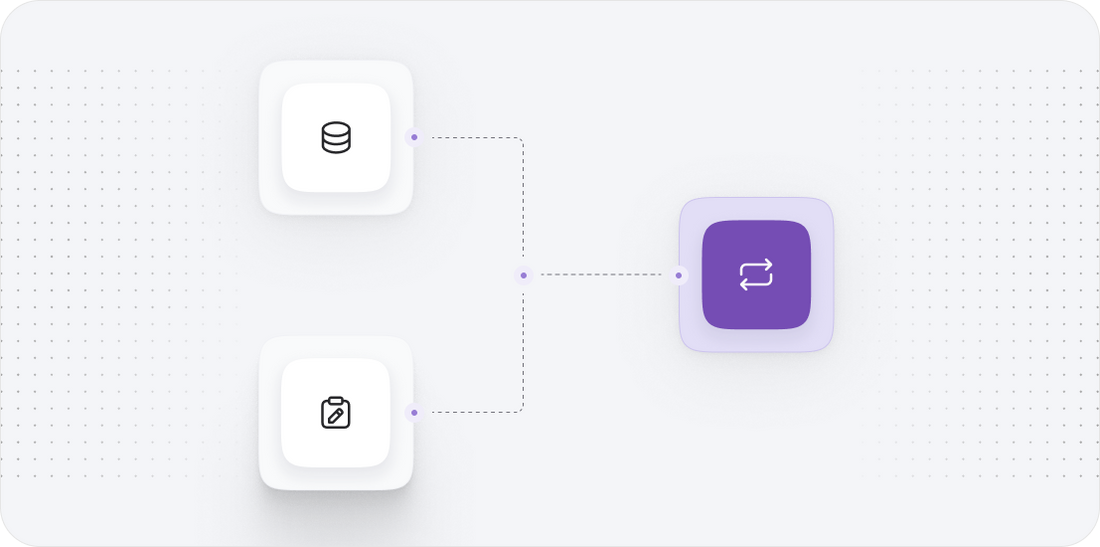
Step 2: Setting Up Your BigCommerce Store
Once you have prepared and backed up your data from CS Cart, the next step is to set up your BigCommerce store. This involves creating a new account on BigCommerce and configuring essential settings to match your business requirements.
Begin by signing up for a BigCommerce account and selecting a suitable pricing plan based on your business needs. After that, you’ll need to configure various settings:
- Store Information: Include your business name, address, and contact details. This information is critical for customer communications and shipping.
- Payment Settings: Set up payment gateways that you wish to use. BigCommerce supports a wide range of payment options, including PayPal, Stripe, and Authorize.net.
- Shipping Settings: Define your shipping methods and rates based on your business model. BigCommerce offers various shipping options, allowing for flexibility.
- Tax Settings: Configure tax rates based on the locations you sell to. This ensures compliance with local tax regulations.
Additionally, select a theme that reflects your brand identity. BigCommerce offers a variety of customizable themes that can be tailored to match your aesthetic preferences. You can use the built-in drag-and-drop editor to adjust layouts and content to enhance the user experience.
Once your account is set up and configured, take some time to familiarize yourself with the BigCommerce dashboard. Understanding how to navigate the platform will be beneficial when you start importing data from CS Cart.
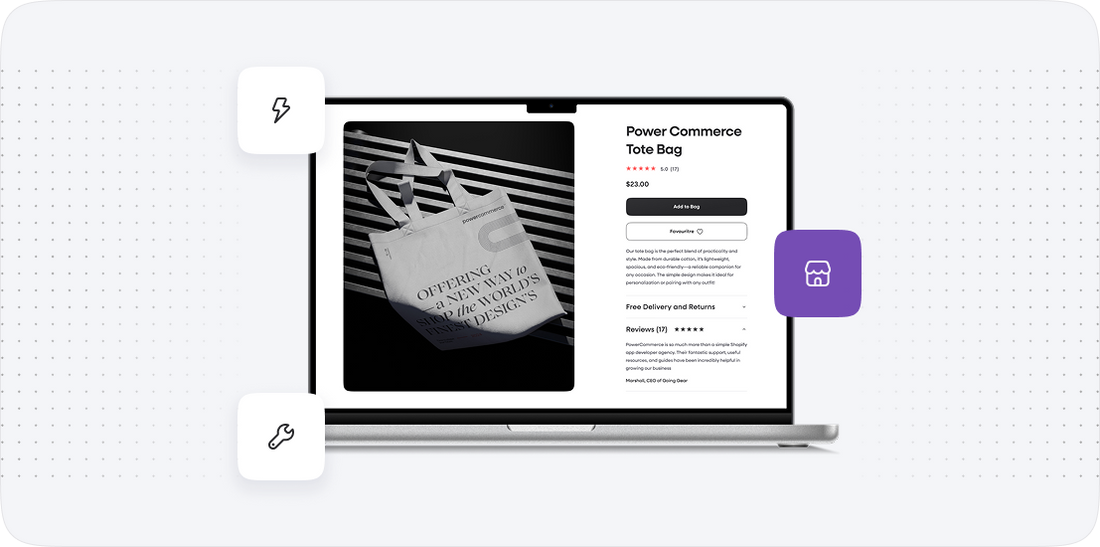
Step 3: Data Mapping for Migration
Data mapping is a crucial phase in the migration process, where we define how each piece of data from CS Cart corresponds to fields in BigCommerce. Proper mapping ensures that no data is lost or misaligned during the transfer.
To begin mapping your data, we first need to categorize the types of information to be migrated:
- Products: Map product names, SKUs, descriptions, prices, and images from CS Cart to their respective fields in BigCommerce.
- Customers: Ensure customer names, emails, addresses, and purchase histories are accurately aligned.
- Orders: Map order details, including order IDs, statuses, and tracking information.
BigCommerce has specific field requirements for each type of data. For instance, every product must have a unique SKU, and each customer must have a valid email address. During this mapping phase, we will review your existing CS Cart data to identify any custom fields or attributes that need special handling.
Utilize a spreadsheet or migration tool to create a visual map of your data. For example:
| CS Cart Field | BigCommerce Field |
|---|---|
| Product Name | Name |
| Product SKU | SKU |
| Product Price | Price |
Once the mapping is complete, we will review it to ensure accuracy and completeness. This step is vital to prevent data discrepancies and ensure a seamless transition to BigCommerce.
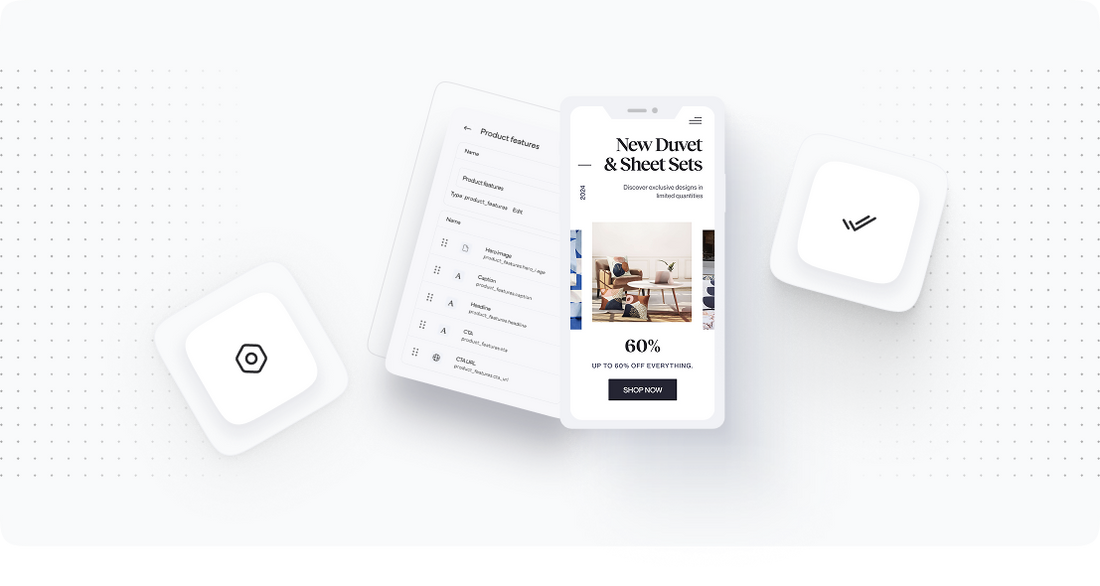
Step 4: Data Export from CS Cart
With your data mapped and your BigCommerce store set up, the next step is to export your data from CS Cart. This process involves extracting all relevant data in a format that can be easily imported into BigCommerce.
CS Cart provides various methods for data export, but the most common approach is through CSV files. Here's a step-by-step guide to exporting your data:
- Access the Admin Panel: Log in to your CS Cart admin panel and navigate to the relevant sections for the data you wish to export (e.g., products, customers, orders).
- Select Data to Export: Choose the data types you want to export. For products, you might want to export all fields, including images and attributes.
- Export Options: Use the export functionality provided by CS Cart. You might find an export option in the product listing page or customer management section. Select the CSV format for the export.
- Download the File: After initiating the export, download the generated CSV files to your local machine. Make sure to keep these files organized for easy access.
- Verify the Data: Open the CSV files to ensure that all necessary data is included and formatted correctly. This verification is crucial to avoid complications during the import process.
For any data that requires special handling (like custom fields), ensure that the corresponding mappings are clear in your previously created data map.
Once you have all your data exported, you are ready to move on to the next step of importing it into BigCommerce.
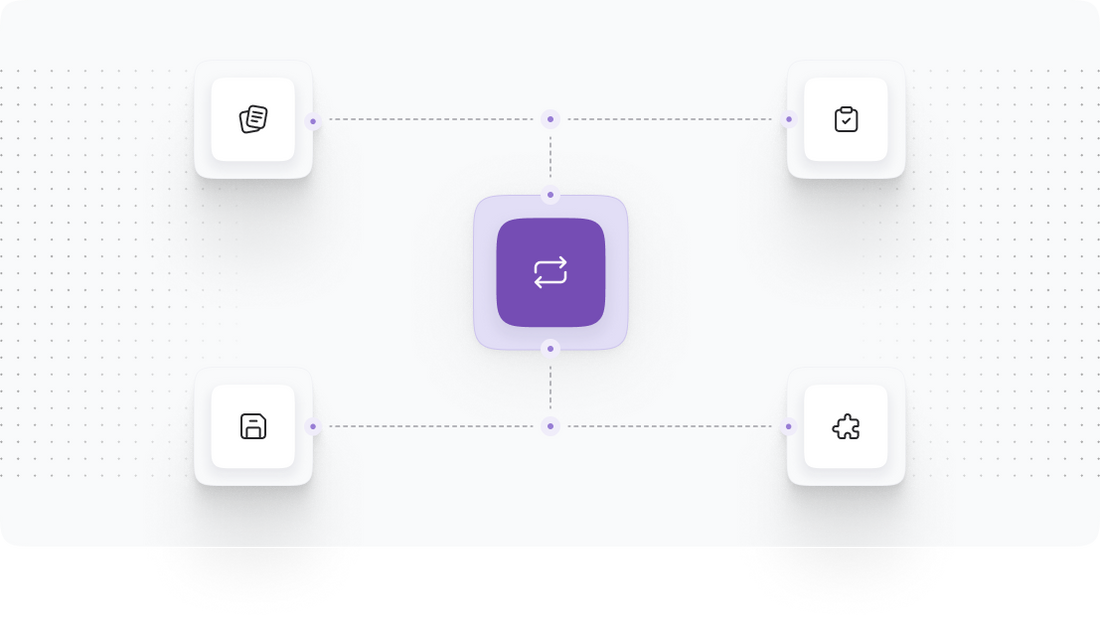
Step 5: Importing Data into BigCommerce
With your data exported from CS Cart and saved in CSV format, the next step is to import this data into your new BigCommerce store. BigCommerce offers built-in tools to facilitate data importation, making the transition smooth and efficient.
Follow these steps to import your data:
- Access the BigCommerce Control Panel: Log in to your BigCommerce control panel and navigate to the 'Products' section.
- Use the Import Tool: Locate the import tool within the BigCommerce interface. This is typically found under 'Advanced Settings' or 'Bulk Import'.
- Upload Your CSV Files: Select the CSV files you exported from CS Cart. BigCommerce may allow you to upload multiple files for different data types (products, customers, orders).
- Map Fields: During the import process, you may be prompted to map the CSV fields to BigCommerce fields. Ensure that each field aligns with your data mapping from the previous step.
- Complete the Import: After mapping the fields, initiate the import process. BigCommerce will validate the data and import it into your store. This process may take some time, depending on the amount of data being imported.
Once the import is complete, it’s crucial to review the imported data for accuracy. Check that products are displayed correctly, customer information is intact, and orders are properly recorded. This review helps identify any issues that may need to be addressed post-migration.
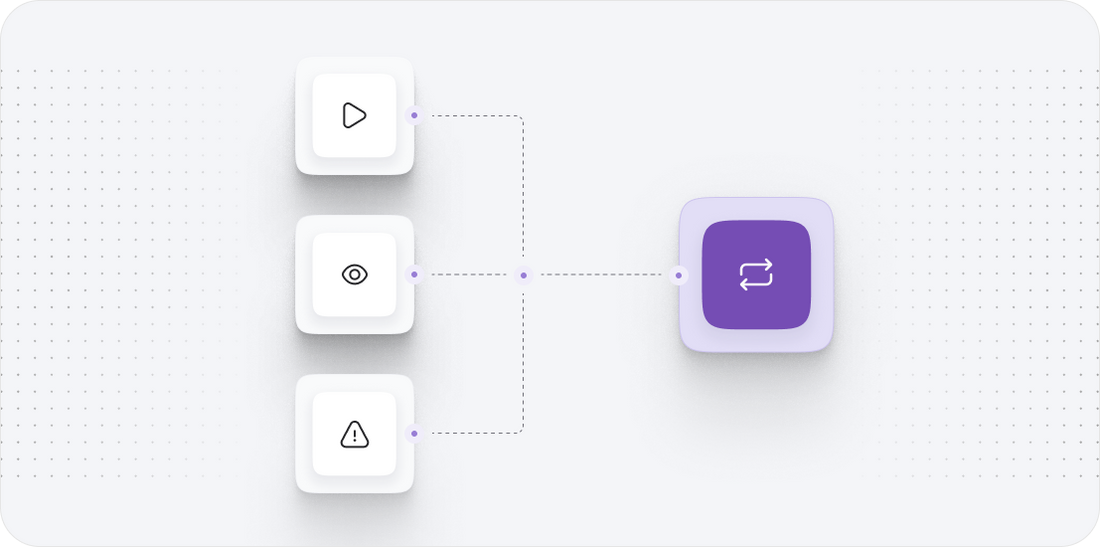
Step 6: Post-Migration Review and Testing
After successfully importing your data into BigCommerce, the next critical step is to conduct a thorough review and testing of your new store. This process ensures that everything is functioning correctly and that data integrity has been maintained throughout the migration.
Begin the post-migration review by checking the following:
- Product Listings: Verify that all products are displayed correctly, with accurate prices, descriptions, and images. Pay attention to any custom attributes or options to ensure they have been migrated appropriately.
- Customer Accounts: Test a few customer accounts to ensure that login credentials work and that order histories are accurate. This is vital for retaining customer trust and satisfaction.
- Order Management: Review the order management system to confirm that all historical orders are intact and that new orders can be processed smoothly.
- Payment and Shipping Settings: Conduct test transactions using different payment methods to ensure that they are functioning properly. Similarly, verify that shipping settings are applied correctly.
Consider using a staging environment for this testing phase, as it allows you to make adjustments without affecting the live store. If any issues arise during testing, document them and address them promptly.
Once testing is complete and you’re confident in the integrity and functionality of your new BigCommerce store, you’re ready to go live and start serving your customers.
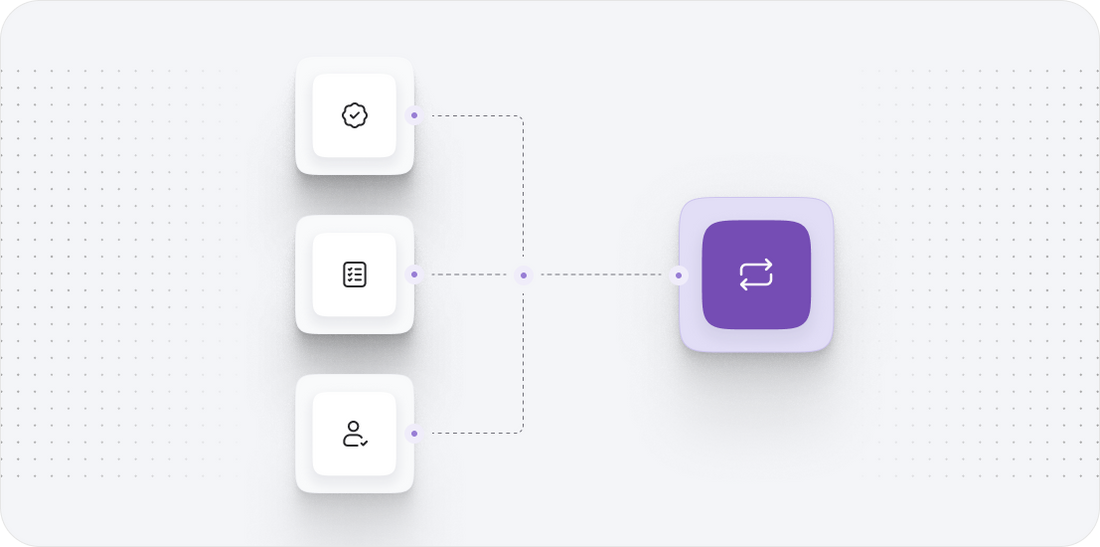
Step 7: Launching Your New BigCommerce Store
With testing complete and your new BigCommerce store ready to go, it’s time for the official launch. This final step ensures that your store is fully operational and that your customers can start shopping without any issues.
Here are the essential steps to launch your BigCommerce store:
- Final Data Check: Before launching, do one last check of all your data, including products, customer information, and order histories. Ensure everything is accurate and complete.
- SEO Settings: Optimize your site’s SEO settings to ensure that your store is discoverable. This includes setting up clean URLs, updating meta tags, and creating a sitemap.
- Redirects: If your domain has changed or if you have changed any URLs, set up 301 redirects to maintain SEO equity and ensure that existing customers can find your new store without broken links.
- Notify Customers: Inform your existing customers about the migration and any new features available on BigCommerce. This can be done via email newsletters or announcements on your old site.
- Launch Your Store: Once everything is set, launch the store! Monitor the performance closely during the first few days to address any issues immediately. Use analytics tools to track visitor behavior and sales performance.
Post-launch, continue to engage with your customers and gather feedback on their shopping experience to make any necessary adjustments. This ongoing optimization will help ensure the success of your new BigCommerce store.
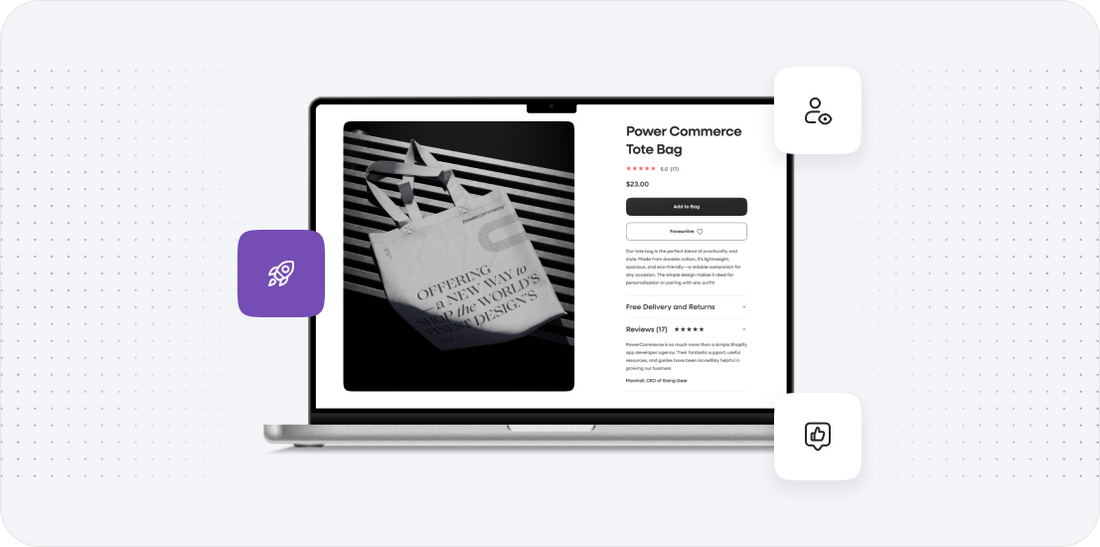
Power Your Step - Get in Touch
Ready to take the next step in your ecommerce journey? At PowerCommerce, we specialize in providing comprehensive support throughout your migration from CS Cart to BigCommerce. Our team of experts is dedicated to ensuring that your transition is smooth, efficient, and tailored to your specific business needs.
We invite you to reach out to us for personalized assistance:
- Contact Form: Visit our contact page to fill out our inquiry form.
- Phone: Call us directly at 800-099-9090 for immediate assistance.
- Email: Reach out to our support team at info@powercommerce.com for any inquiries or detailed questions.
Our commitment to innovation, customer-centricity, and integrity ensures that we will provide the support you need to power your ecommerce success. Let us help you make your migration to BigCommerce a remarkable experience!
Stay aligned on what's happening in the commerce world
Trusted by 1000+ innovative companies worldwide
Schedule Your Migration Today
For businesses prioritizing simplicity, scalability, and robust support, Shopify is the clear winner.
Looking to migrate without hassle? Power Commerce can handle the entire process, ensuring smooth data transfer, store setup, and post-launch success.
Marka Marulića 2, Sarajevo, 71000 BiH
00387 60 345 5801
info@powercommerce.com


